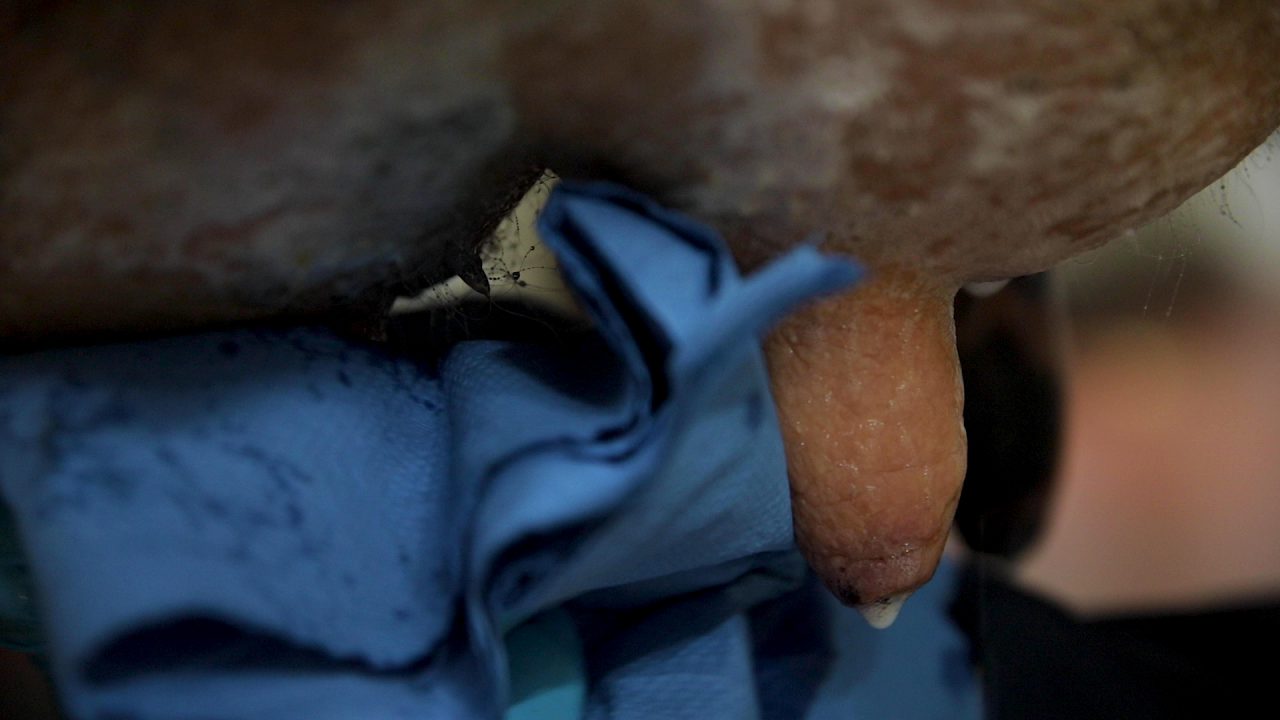Obtaining a sterile milk sample is important so that you can have an understanding of the bacteria causing mastitis on your farm.
During the milk production season it is likely you are going to see a number of cases of mastitis, which is why it is important to know the bacteria you are dealing with.
Knowing which bacteria you are dealing with is vital to ensure that the correct treatment is given and the cow recovers quickly.
Treating cows with the wrong antibiotics may result in the infection not clearing up in a timely manner and increase the amount of time the cow spends out of the tank.
Mastitis
To determine the bacteria at fault a sample of the mastitis cases within the herd should be taken, which will allow for the bacteria at fault to be identified.
To ensure that farmers are able to take a sterile sample, that can then be correctly analysed, Animal Health Ireland (AHI) has offered some advice, which is outlined below.
To ensure a sample is taken correctly the following items are needed:
- Sterile sample bottles;
- A marker to label the bottle;
- Disposable gloves;
- Disinfectant/cleaning solution and paper towels;
- A mixture of 70% alcohol and cotton balls or disinfecting teat wipes for disinfecting teat ends;
- A cool dry place to store samples before delivery or freezing.
AHI suggests that farmers begin the process by labelling the sample bottle, using a marker to clearly label details of the sample.
The details should include the date, the cow’s tag number and the quarter sampled.
During milking is probably when the vast majority of samples are taken and if this is the case, it is important to change gloves before taking the sample.
Sample-taking process:
- Clean the teats with running water and disinfectant/cleaning solution;
- Dry the teat or teats with a paper towel;
- If you are sampling more than one teat, disinfect (for a minimum of 10 seconds) the farthest teats first;
- Check the cotton ball or wipe. If it is dirty, repeat and scrub using a clean cotton ball until no more dirt is seen;
- Remove the cap – avoiding touching the inside surface of the cap or bottle;
- Squeeze the first couple of squirts of milk onto the ground. This also helps to remove any contaminants that might be just inside the opening of the teat;
- Hold the bottle at an angle (to avoid anything falling into it) at least 3-4cm from the end of the teat;
- Squirt 2-4ml of milk into the bottle.
Once the sample has been taken and the result are returned you should discuss these results with your vet to determine which antibiotics should be used to treat further mastitis cases for the year.
